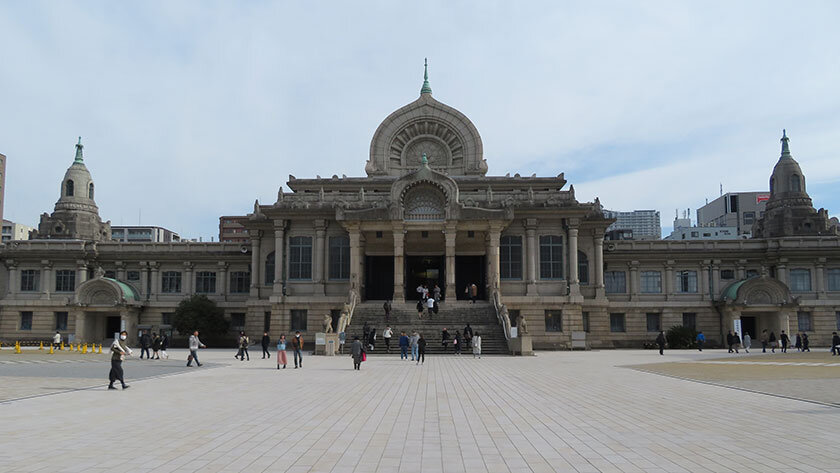Kanda Myojin has over 1300 years of history when it opened up in Otemachi in 730. It moved to it’s current location during the Edo period (1603-1868). Due to it being very close to Akihabara - the geek/computer savvy neighborhood - it’s popular among the otakus and tech geeks as well. You can pray for prosperity, good luck, success in business and marriage at this shrine. Kanda Myojin enshrines 3 deities: Daikokuten, who presides over bountiful harvests and matrimony, Ebisu, the god of fisheries and business and Taira no Masakado, a rebel against the Hei'an government (794–1185) whom later earned revered status. You can find their beatiful statues inside their large complex. The shrine also features a shop and cafe where you can get souvenirs unique only to this shrine and try traditional drinks and sweets in the cafe.
If you’re lucky to visit during an odd numbered year in May (ex. 2019 May), then you can experience their very famous festival. The festival or Kanda Matsuri is considered to be one of Japan’s Three Great Festivals.
Entrance fee: Free
Photo credit: Jana Guide
Address: 2-16-2 Sotokanda, Chiyoda City, Tokyo 101-0021
Hours: 9am - 5pm
Website: https://www.kandamyoujin.or.jp/what/
How to get there: A 5 minute walk from Ochanomizu Station on the JR Chuo Line. If you are in the Akihabara area, it’s about a 15 minute walk.


















